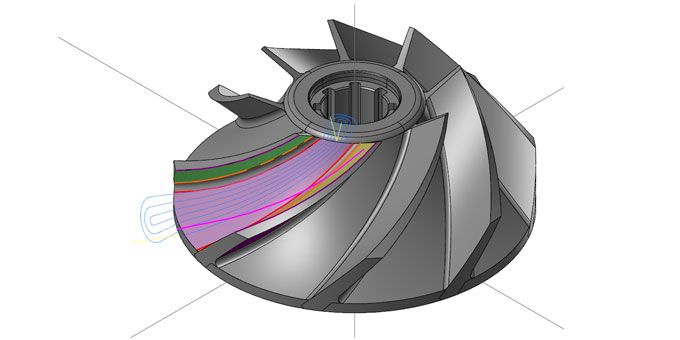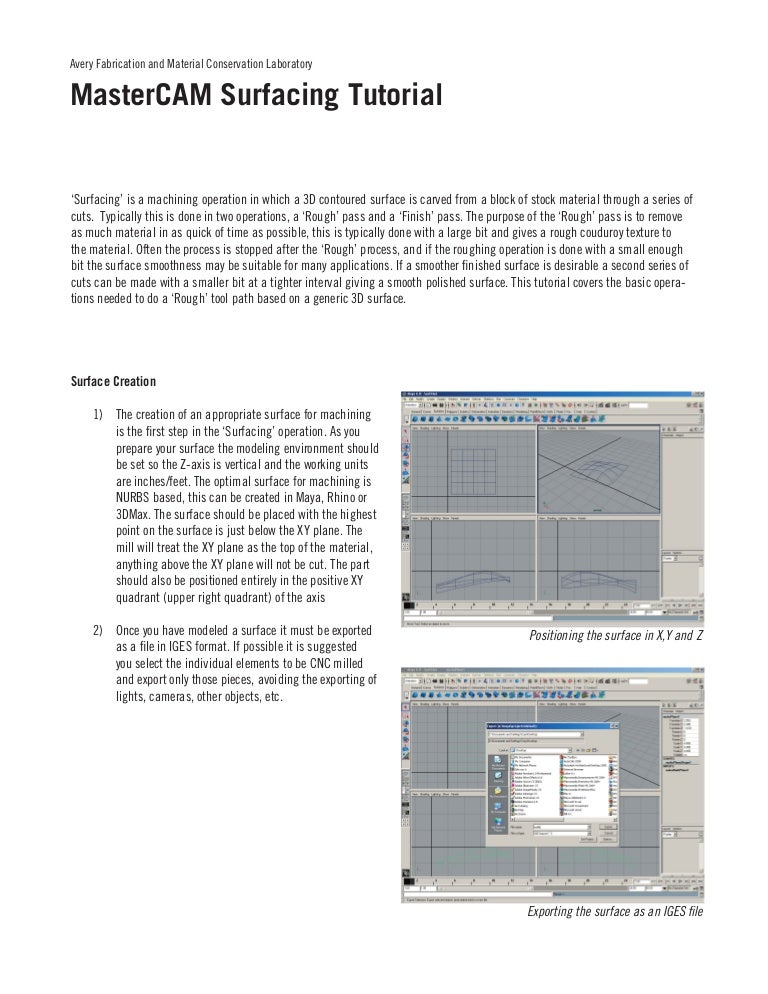

You will see no TX-traffic on LAN, on machine with talker.
#Mastercam tutorials code
Every line of code to be evaluated is introduced by >. This is mainly useful to test and document functions and to quickly evaluate small expressions. The Eval plugin evaluates code inserted in comments. If you dont't define ROS_IP, then rostopic info will show indeed the proper connections of publisher and listener, but rostopic echo will be empty. Eval plugin for the Haskell Language Server. One common trap is the missing define of ROS_IP on the machine, where talker.py is running. See ROS/NetworkSetup and ROS/Troubleshooting for configuration requirements and troubleshooting tips. If something in the above sequence didn't work, the cause is likely in your network configuration. For short tests it is handy to print out the messages. In wireless networks it is sometimes necessary to check if there is a connection and messages still come. If you are not connected to a core there is an error. Leaving the master running on hal, kill the talker and listener, then bring them up on opposite machines.įor testing you can use the rostopic tool on all machines which are connected to the core. Variation: connecting in the other direction

The only requirement is that you start the master before starting any nodes. Note that the sequence of talker / listener startup doesn't matter the nodes can be started in any order. Voila: you should now see the listener on hal receiving messages from the talker on marvin.
#Mastercam tutorials full
Next we'll start a talker on marvin, also configuring ROS_MASTER_URI so that the master on hal is used:Įxport ROS_MASTER_URI= rosrun rospy_tutorials talker.py Mastercam offers a full free version of the software available to anyone who wants to hone their skill in CAM. Now we'll start a listener on hal, configuring ROS_MASTER_URI so that we use the master that was just started:Įxport ROS_MASTER_URI= rosrun rospy_tutorials listener.py We need to select one machine to run the master we'll go with hal. These are the machines' hostnames, which means that these are the names by which you would address them when. Say we want to run a talker / listener system across two machines, named marvin and hal. There must be complete, bi-directional connectivity between all pairs of machines, on all ports (see ROS/NetworkSetup).Įach machine must advertise itself by a name that all other machines can resolve (see ROS/NetworkSetup). Select one machine to run it on.Īll nodes must be configured to use the same master, via ROS_MASTER_URI. Deploying a ROS system across multiple machines is easy.
#Mastercam tutorials driver
A well-written node makes no assumptions about where in the network it runs, allowing computation to be relocated at run-time to match the available resources (there are exceptions for example, a driver node that communicate with a piece of hardware must run on the machine to which the hardware is physically connected).

ROS is designed with distributed computing in mind.

We are, by default an adult community but plenty of adults are squeamish. Be it machine gore or how you sliced your finger off on a bandsaw. Posting gory or gruesome pictures is totally fine. If you see this behavior taking place in a thread, please report it so that the moderation team can remove the offending posts. You don't have to like the way that someone else drills a hole, but there is absolutely no reason to personally attack, harass or insult another user. Have some pride in your specialty, and set your flair on the sidebar to declare your area of expertise!īe polite. Just remember to wash your hands before and after you go to the bathroom.įor anything tooling related, from belt grinders to Bridgeports to CNC programming.


 0 kommentar(er)
0 kommentar(er)
